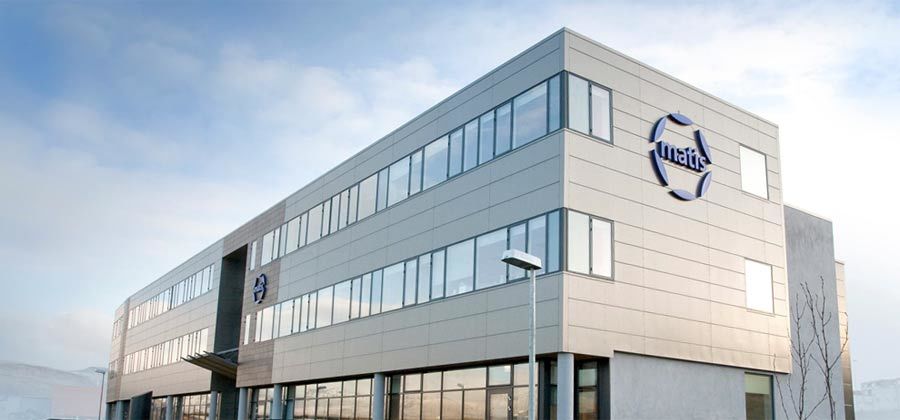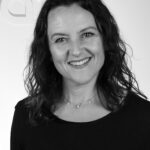Contact
Kolbrún Sveinsdóttir
Project Manager
kolbrun.sveinsdottir@matis.is
Fish consumption of 17 to 49 year old Icelanders on different fish species and products
This report is part of the AVS project "Value and safety of Icelandic seafood - Risk composition and risk ranking". Its aim is to provide a detailed and accessible summary of the information available on Icelanders' fish consumption, and is based on information obtained in the AVS attitude and consumption survey of the project "Attitudes and fish consumption of young people: Improving the image of seafood" conducted in 2006. A national sample of people aged 17-49 was obtained from Statistics Iceland and a total of 2198 responses were received. The results concerning the total frequency of fish consumption, the frequency of consumption of fish species and products, the relative consumption of fatty and lean fish species were examined in terms of age, sex and place of residence. People's attitudes towards the health and risk of fish consumption were also examined. Although people generally seem well-informed and convinced of the health and safety of seafood, fish consumption is lower than recommended. People in the oldest age group (40-49 years) eat fish 1.9 times a week on average, but fish consumption is lower in the youngest age group (17-29 years) or 1.3 times a week. Icelanders eat the most lean fish such as haddock and cod, and it can be estimated that the 50% fish we eat are lean, about 25% medium fat and about 20% fatty fish such as salmon, trout and herring. Consumption of packaged, prepared fish dishes, chilled and frozen was insignificant and less than 10% people eat these dishes once a month or more. However, 30% people eat semi-prepared chilled fish dishes from a fresh fish table once a month or more. There were some differences in the consumption of different fish species and products according to age. The choice of younger people is not as diverse as that of older people, and younger people often do not eat fish species and products that older people have become accustomed to, such as marinated herring and caviar. A large part of the youngest age group eats fast food twice a week or more often. There is a considerable difference in people's consumption according to place of residence. People in the capital area eat fish less often, people in the countryside eat more traditional fish species such as haddock, but far more often frozen fish and salted fish. Residents of the capital, on the other hand, more often eat semi-prepared fish dishes from a fresh fish table.
The beneficial effects of fish on health are well known. Access to accurate information about fish consumption, fish species and -products, the percentage of lean vs fat fish species is very important in order to estimate the value and safety of Icelandic seafood products. This report is a part of the project Food safety and added value of Icelandic seafood products, funded by the AVS Fund of the Ministry of Fisheries in Iceland. The aim of this report is to provide detailed overview of the available information on fish consumption in Iceland. The information was collected in the project Young consumer attitudes and fish consumption: Improved image of seafood, an attitude and consumption survey in 2006 which was funded by AVS. A representative sample of the population in Iceland was provided by Statistics Iceland and answers from 2198 people 17-49 years were received. Results concerning total fish consumption frequency, fish species and -products, the relative consumption of fat vs lean fish species, attitudes towards the wholesomeness and risks of fish consumption were analyzed with regard to age, gender and residence. Although, people are generally well informed and convinced that seafood is wholesome and safe, fish consumption is below recommendations. People in the oldest age group (40-49 years) consume fish 1.9 times per week on average, but the youngest age group (17-29 years) consumes even less fish, only 1.3 times per week. Lean fish species, such as haddock and cod, is the most popular and it can be estimated that more than half of the fish consumed is lean, approx. 25% medium fat species but only 20% fat fish species such as salmon, trout and herring. Consumption of packed fish meals, chilled and frozen, is very low, less than 10% consume such products once a month or more frequently. However, 30% consume chilled ready-to-cook fish meals bought from fishmongers or fresh fish counters at supermarkets. Differences in consumption of fish species and -products were observed with age, the preferences of younger people tended to be more limited range and they often did not consume some of the fish species and -products which older people were accustomed to, such as marinated herring and caviar. Differences in consumption were also observed depending on residence. People in the capital area are likely to consume fish less frequently, whilst people living in the countryside are more inclined to prefer traditional fish species such as haddock, but much more often frozen- and salted fish.





